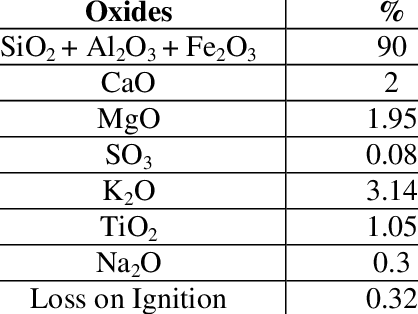- Home
- Prelims
- Mains
- Current Affairs
- Study Materials
- Test Series
Fly Ash Management in India
Recently, the Union Ministry of Environment, Forests and Climate Change (MoEF&CC) clarified the compliance dates for the complete utilisation of fly ash for Thermal Power Plants (TPP) in a new notification.
Fly Ash
- Fly ash is an unwanted unburnt residue of coal combustion in a coal thermal power plant.
- It is emitted along with flue gasesduring the burning of coal in a furnace and collected using the electrostatic precipitators.
- The fly ash collected with the help of precipitators is converted into a wet slurryto minimise fugitive dust emissions.
- It is then transported to the scientifically designed ash ponds through slurry pipelines.
- Composition:
- Composition of fly ash depends upon the composition of coal being burnt. It may contain Beryllium, Arsenic, unburnt Carbon, Silicon Oxides, Dioxins, aluminium oxide, ferric oxide, calcium oxide, etc.
- These elements are severe environmental pollutants.
- Composition of fly ash depends upon the composition of coal being burnt. It may contain Beryllium, Arsenic, unburnt Carbon, Silicon Oxides, Dioxins, aluminium oxide, ferric oxide, calcium oxide, etc.

-
-
-
- Properties:
- Resemble Portland cement but is chemically different.
- Portland cement is a binding material in the form of a finely ground powder that is manufactured by burning and grinding a mixture of limestone and clay.
- Its chemical composition includes calcium silicates, calcium aluminate and calcium aluminoferrite.
- Exhibit cementitious properties.
- A cementitious material is one that hardens when mixed with water.
- Uses:It is used in concrete and cement products, road base, metal recovery, and mineral filler among others.
- Harmful Effects:Fly ash particles are toxic air pollutants. They can trigger heart disease, cancer, respiratory diseases and stroke.
- When combined with water they cause leaching of heavy metals in ground water.
- It also pollutes the soil, and affects the root development system of trees.
- Gross under-utilisation of this by-product over the years has led to the accumulation of 1,670 million tonnes of fly ash according to the Summary of Ash Generation and Utilisation during 2020-2021 by the Joint Committee earlier constituted by the NGT.
- Related Initiatives:
- Earlier in 2021,National Thermal Power Corporation (NTPC) Limited had invited Expression of Interest (EOI) for sale of fly ash.
- NTPC has also collaborated with Cement manufacturers around the country to supply Fly Ash.
- Pradhan Mantri Awas Yojana (Urban)has focused on new construction technologies such as using fly ash bricks that are innovative, and environmentally friendly.
- Even state governments have come out with their Fly ash utilisation policies, e.g., Maharashtra was the first state to adopt the policy.
- A web portal for monitoring of fly ash generation and utilisation and a mobile based application titled“ASHTRACK” has been launched by the Government.
- Goods and Services Tax (GST)rates on fly ash and its products have been reduced to 5%.
- Resemble Portland cement but is chemically different.
- Properties:
-
-









 Latest News
Latest News
 General Studies
General Studies